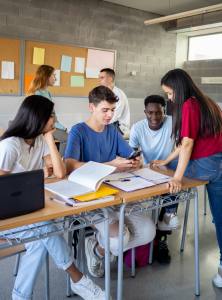In today's educational landscape, fostering a growth mindset in students is more important than ever. A growth mindset, a term popularised by psychologist Carol Dweck, refers to the belief that abilities and intelligence can be developed through dedication, effort, and learning from feedback. By encouraging students to adopt this mindset, teachers and support staff can cultivate resilience and a passion for lifelong learning.
In this blog, we will explore the principles of a growth mindset, its benefits for students, practical strategies for implementation, and how educators can create a supportive environment that promotes perseverance.











